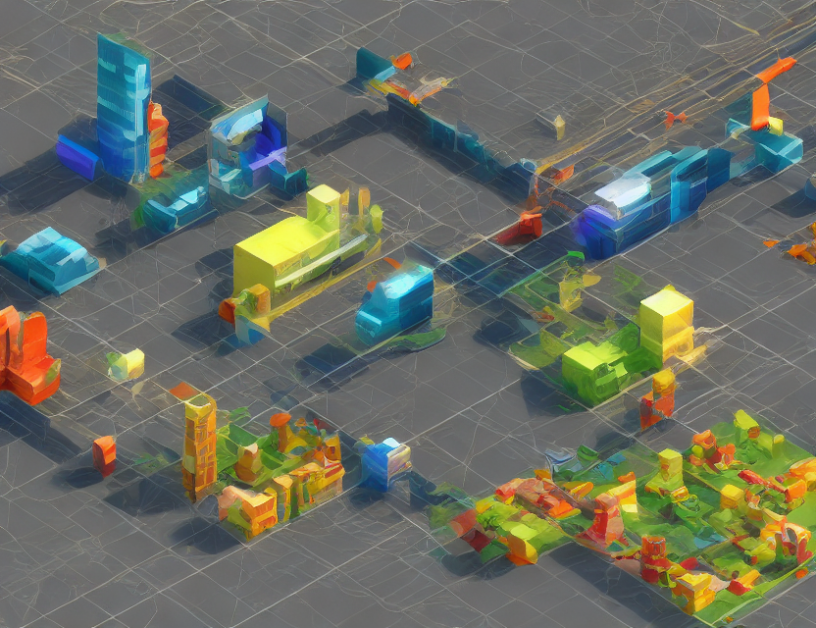The Age of Information (AoI) is a crucial metric in cyber-physical systems, measuring how fresh the information is that is being transmitted. AoI is essential for decision-making and control in real-time applications such as UAV-assisted communications, Internet of Things (IoT), wireless sensor networks, and cooperative autonomous mobility. This article provides a comprehensive overview of the current state of research on AoI, highlighting its significance, challenges, and potential solutions.
What is Age of Information?
AoI is the time elapsed since the last update message was received from a sender. It measures how old the information is that is being used by the receiver. The fresher the information, the more accurate it is likely to be. In real-time applications, AoI is critical for decision-making and control. For instance, in UAV-assisted communications, AoI helps ensure that messages are delivered promptly and accurately.
Challenges of Age of Information
Managing AoI in cyber-physical systems poses several challenges:
- Complex Networks: In complex networks, such as IoT or wireless sensor networks, managing AoI can be challenging due to the sheer volume of data and the need for efficient routing protocols.
- Dynamic Environments: Real-time applications are often exposed to dynamic environments that require adaptive management of AoI. For instance, in UAV-assisted communications, the environment may change rapidly due to changes in weather or other factors.
- Limited Resources: In many cases, resources such as battery life or bandwidth are limited, making it challenging to manage AoI while meeting these constraints.
- Security and Privacy: Managing AoI must also take into account security and privacy concerns, particularly in applications involving sensitive data.
Potential Solutions for Age of Information
Several potential solutions are being explored to address the challenges of managing AoI:
- Machine Learning: Machine learning techniques can help optimize routing protocols and manage AoI in complex networks. For instance, reinforcement learning algorithms can learn from experience to adaptively manage AoI in dynamic environments.
- Game-Theoretic Approaches: Game-theoretic approaches can help manage AoI by modeling interactions between different nodes in a network as a game. This allows for strategic decision-making and adaptive management of AoI.
- Distributed Computing: Distributed computing techniques can help manage AoI by allowing multiple nodes to share the computation load and reduce the burden on any one node. This can be particularly useful in applications such as IoT, where there may be many nodes with limited resources.
- Privacy-Preserving Mechanisms: Privacy-preserving mechanisms can help manage AoI while protecting sensitive information. For instance, techniques such as homomorphic encryption or secure multi-party computation can enable computations to be performed on encrypted data without revealing the underlying information.
Conclusion
In conclusion, Age of Information is a critical metric in cyber-physical systems that measures how fresh the information is being transmitted. Managing AoI poses several challenges, including complex networks, dynamic environments, limited resources, and security and privacy concerns. However, several potential solutions are being explored, including machine learning, game-theoretic approaches, distributed computing, and privacy-preserving mechanisms. As the importance of real-time applications continues to grow, the need for effective AoI management will only increase. Further research is needed to develop practical and efficient solutions for managing AoI in these systems.



